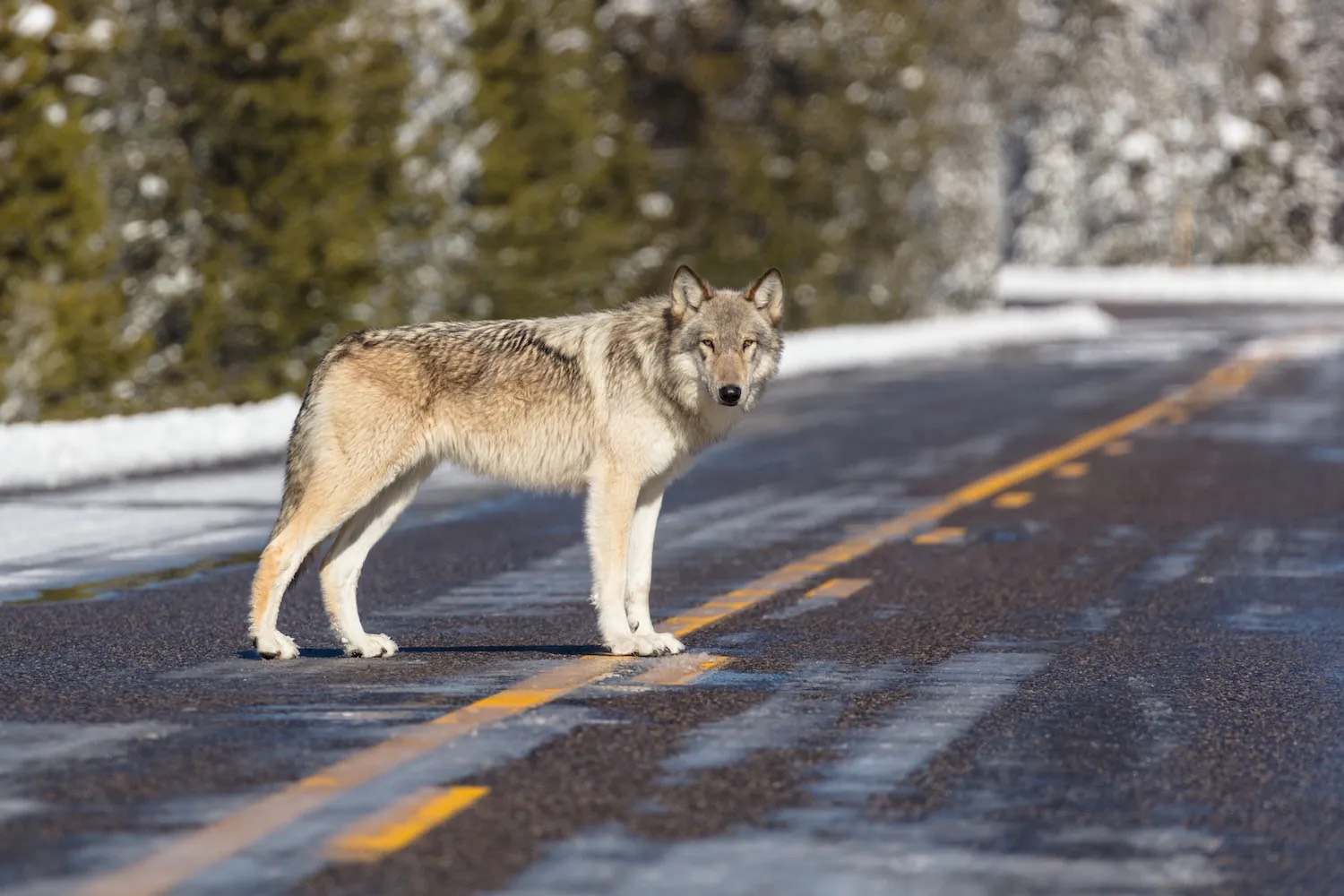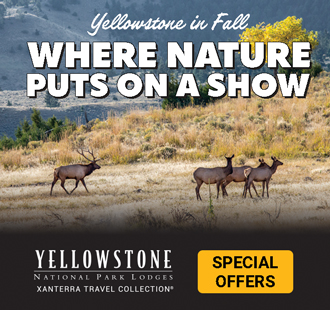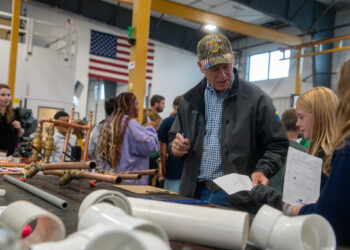New research shows killing wolves changes pack dynamics, and those changes matter.
By Christine Peterson WYOFILE
The last few years have been tough for gray wolves. Idaho passed a law to kill up to 90% of the state’s wolves. Montana killed 270 in one season. Wisconsin killed about 220 before the species went back on the Endangered Species List. Some 25 wolves killed in the Yellowstone National Park area in 2022 came from the park itself.
Proponents of the cull say too many wolves are on the landscape, and even removing large portions of packs won’t make much impact on overall populations. Short of the mass annihilation of a century ago, they’ll bounce back. They’ll be fine.
But a large study published earlier this year looking at wolves within five national parks across Canada and the U.S. shows that while wolf populations may recover quickly, their social structures don’t. And, the authors argue, the way wolves function on a landscape — how breeding pairs order their packs, how and when they choose to reproduce, for example — is an important part of our natural systems. So the mortality of a single animal could have significant implications.
“You kill the wrong wolf at the wrong time, that pack could blink out or won’t reproduce,” said Doug Smith, recently retired wolf biologist with Yellowstone National Park who co-authored the paper. “Their social dynamics are fragile. We made no value judgment on killing wolves. We’re just saying this is 100% what happens if you do.”
In Wyoming outside of the national parks, where wolves have been managed by the state for the better part of a decade, biologists say they’ve found a way to allow wolf hunting, keep livestock depredations in check and preserve stable pack structures. It’s possible with enough data and attention to wolf management, said Ken Mills, Wyoming Game and Fish’s wolf biologist.
WHY PACKS MATTER
Understanding what happens when wolves die requires first knowing how wolf packs function.
“Because wolves are social and populations are built on packs, you won’t have a collection of individual wolves. That’s elk and deer,” Smith said. “Wolf packs don’t exist as individuals, they exist as groups in packs.”
Each pack has, in general, three age classes: The breeding pair and their offspring, which are non-breeding adults and pups. Depending on the size of a pack, there could be three to five non-breeding adults. If one of the breeding wolves dies, another one of the adults could step up to breed unless they’re related, in which case a wolf from outside moves in, Smith said.
Some packs will be as small as four or five individuals, others like Yellowstone’s Junction Butte Pack can be as large as 20 — though Smith said that’s uncommon. The average Yellowstone pack size hovers around 10 individuals.
Packs then claim certain territories, and they don’t take those claims lightly.

The biggest killer of wolves is wolves, largely in territorial disputes, said Kira Cassidy, lead author on the new paper and research associate with Yellowstone Wolf Project. Most packs tend to stick to their ranges unless another pack dissolves or becomes particularly vulnerable, usually due to the loss of adults.
Packs naturally break up and re-form even without human-caused mortalities from hunting, car collisions, trapping or poaching. About eight to 10 packs typically occupy Yellowstone, though on average, Cassidy said one dissolves and another forms each year.
When a pack does dissolve, remaining members typically strike out on their own initially.
“There’s usually only a handful [of individuals] left,” Cassidy said. “They become dispersers or lone wolves by default.”
Rarely they may join an established pack — Yellowstone biologists have only recorded an unrelated adult joining an established pack as a subordinate a couple dozen times in the last 28 years. If they’re lucky, these lone animals pair up and find a niche territory they can claim as their own. But more often than not, they’re dead within a year.
Dispersing wolves are more likely to run into humans while seeking food, or they die trying to scavenge another pack’s kill.
“They’re exposed to a lot of mortality out there, much more than just the short time the hunting quota is open,” Cassidy said.
DELICATE SYSTEMS
In the winter of 2021, politics in Montana changed. Lawmakers decided to lift wolf quotas around Yellowstone, opening the area bordering the park to a free-for-all. In Idaho, meanwhile, lawmakers passed a bill allowing year-round wolf trapping on private property, unlimited purchase of wolf tags and any method of take for any wild canines. Wolf killing began in earnest.
Wolves from packs in Yellowstone strayed from the park into Montana and were shot.
As Cassidy watched this unprecedented killing of park wolves, she said, she began to realize this was a chance to determine how packs respond not only to losing individuals, but if it mattered which individuals were killed.
Not long after the park wolves were killed, Cassidy — who came to Yellowstone National Park 16 years ago to study wolves, predominantly their social structures — started noticing differences. Packs like the Junction Butte Pack lost about a quarter of its members, but most were pups and yearlings and the pack stayed intact. Smaller packs like Phantom Lake Pack simply dissolved. But the role of the pack member killed also had a bearing. When the oldest members, one or both of the breeding pair, died, the pack was much more likely to disintegrate.















